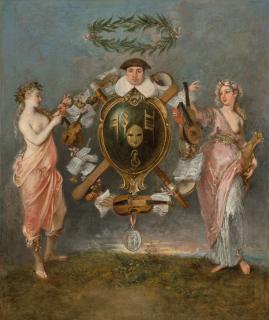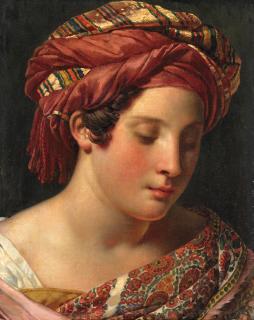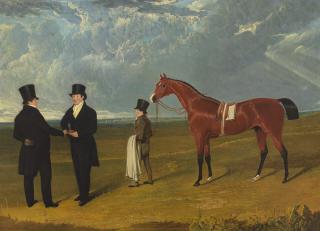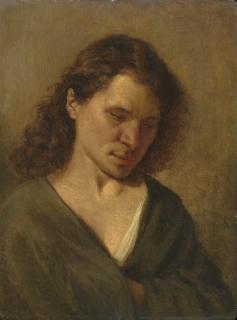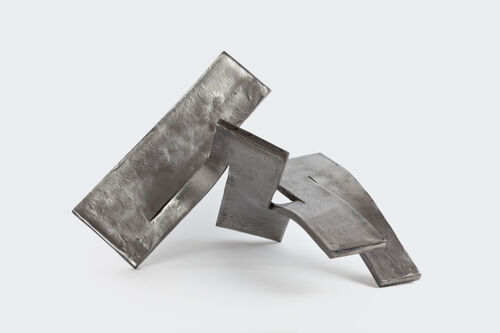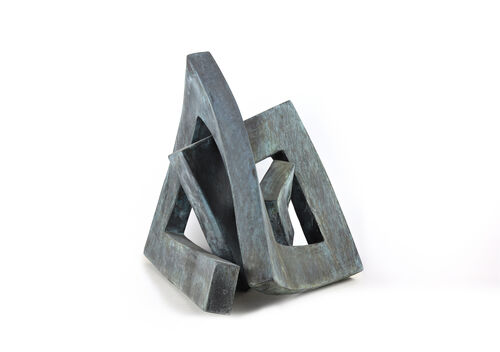- Art.Salon
- Artists
- Francesco Fanelli
- Cheval au trot à la longue crinière
Francesco Fanelli
Cheval au trot à la longue crinière
Estimate: 40.000 - 60.000 EUR
Price realised: 60.480 EUR
Price realised: 60.480 EUR
Description
FRANCESCO FANELLI (1577-AFTER 1657), A BRONZE MODEL OF A TROTTING HORSE WITH A LONG MANE
By the time Francesco Fanelli arrived in England in 1628 to be Court Sculptor to King Charles I, he had already established his reputation as a master sculptor in Genoa. He remained in England and only left after the outbreak of the civil war in 1642. As is highlighted by some of his models, including the present Trotting Horse, Fanelli was influenced by the works of Giambologna (1529-1608), and Giovanni Bandini (1540-1599) with whom he had trained. A Trotting Horse is also represented in a set of small-scale bronze reliefs attributed to Fanelli, two examples of which are in the Victoria & Albert Museum, London. “A horse ambling”, which may be identified with the present model, was one of ten small equestrian bronzes by Fanelli that George Vertue (1684-1756) saw in 1727 at Welbeck Abbey then in the collection of his friend and patron Edward Harley, 2 nd Earl of Oxford (1689-1741).
The Horse in the Quentin collection seems to have been produced during the sculptor's early years in Italy. As Patricia Wengraf points out, the treatment of the bronze and the high quality of the workmanship are due to collaboration with his two eldest sons, goldsmiths who had been working in their father's workshop since c. 1620. Vertue considered Fanelli responsible for disseminating and popularising Italian bronze statuettes in England.
Please note a scanned copy of the full catalogue entry from the catalogue of the 2004 Quentin Collection exhibition at The Frick Collection, New York, is available upon request.
By the time Francesco Fanelli arrived in England in 1628 to be Court Sculptor to King Charles I, he had already established his reputation as a master sculptor in Genoa. He remained in England and only left after the outbreak of the civil war in 1642. As is highlighted by some of his models, including the present Trotting Horse, Fanelli was influenced by the works of Giambologna (1529-1608), and Giovanni Bandini (1540-1599) with whom he had trained. A Trotting Horse is also represented in a set of small-scale bronze reliefs attributed to Fanelli, two examples of which are in the Victoria & Albert Museum, London. “A horse ambling”, which may be identified with the present model, was one of ten small equestrian bronzes by Fanelli that George Vertue (1684-1756) saw in 1727 at Welbeck Abbey then in the collection of his friend and patron Edward Harley, 2 nd Earl of Oxford (1689-1741).
The Horse in the Quentin collection seems to have been produced during the sculptor's early years in Italy. As Patricia Wengraf points out, the treatment of the bronze and the high quality of the workmanship are due to collaboration with his two eldest sons, goldsmiths who had been working in their father's workshop since c. 1620. Vertue considered Fanelli responsible for disseminating and popularising Italian bronze statuettes in England.
Please note a scanned copy of the full catalogue entry from the catalogue of the 2004 Quentin Collection exhibition at The Frick Collection, New York, is available upon request.







